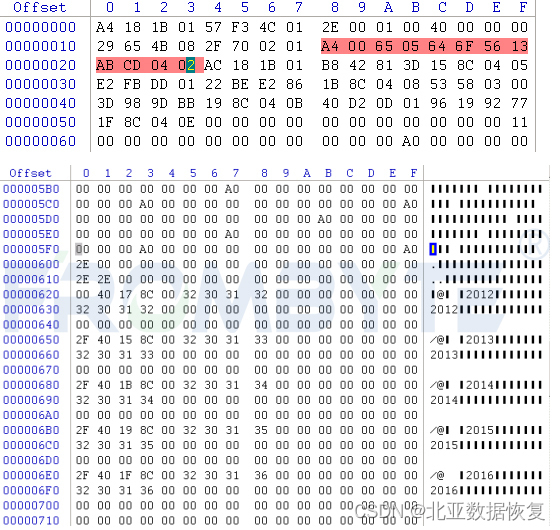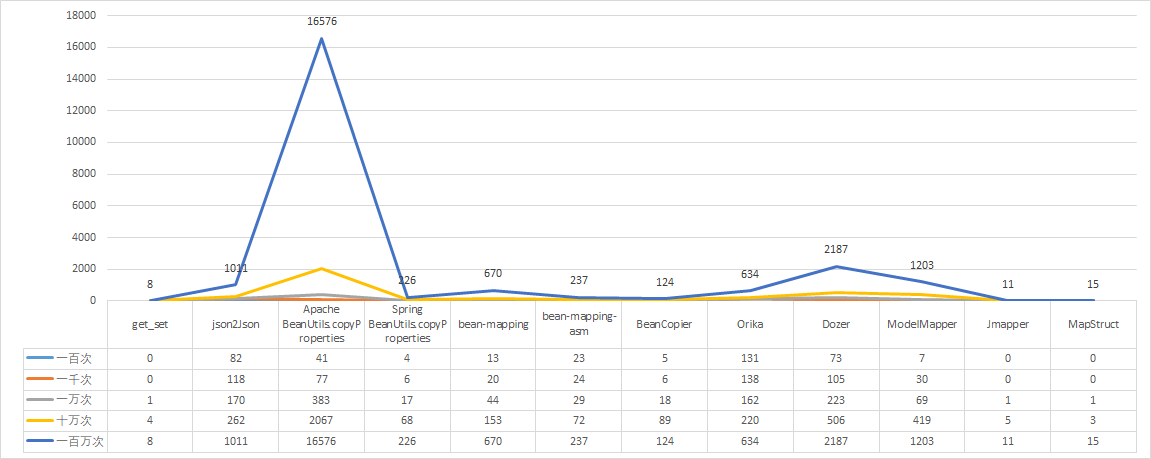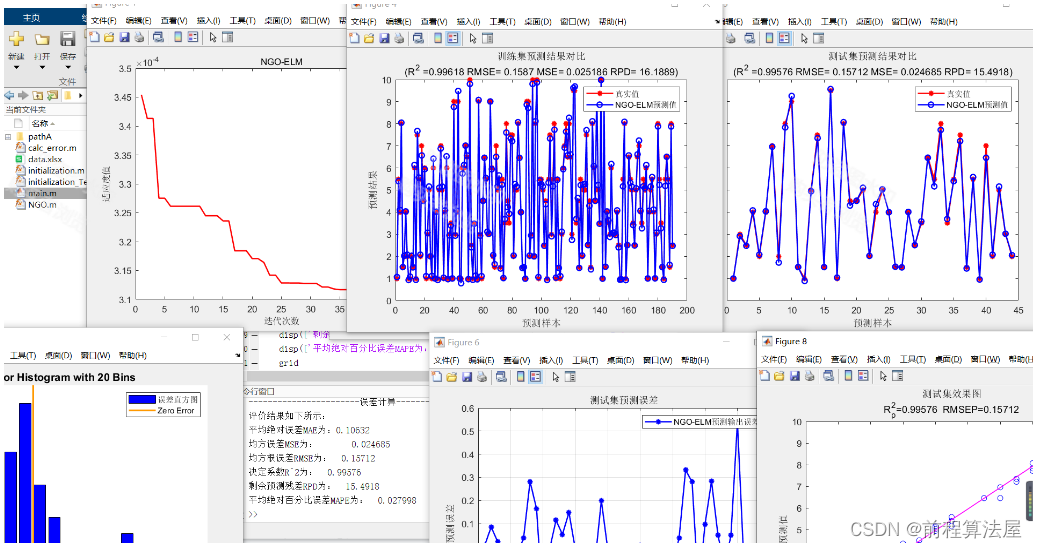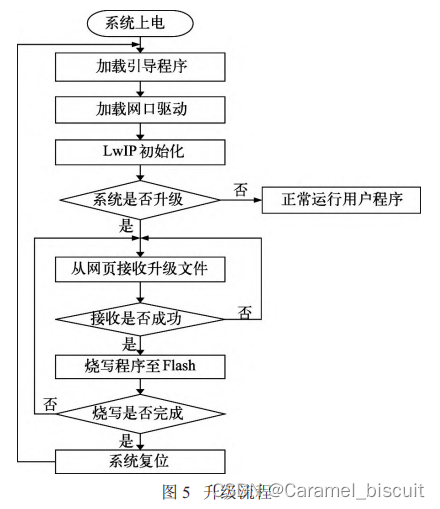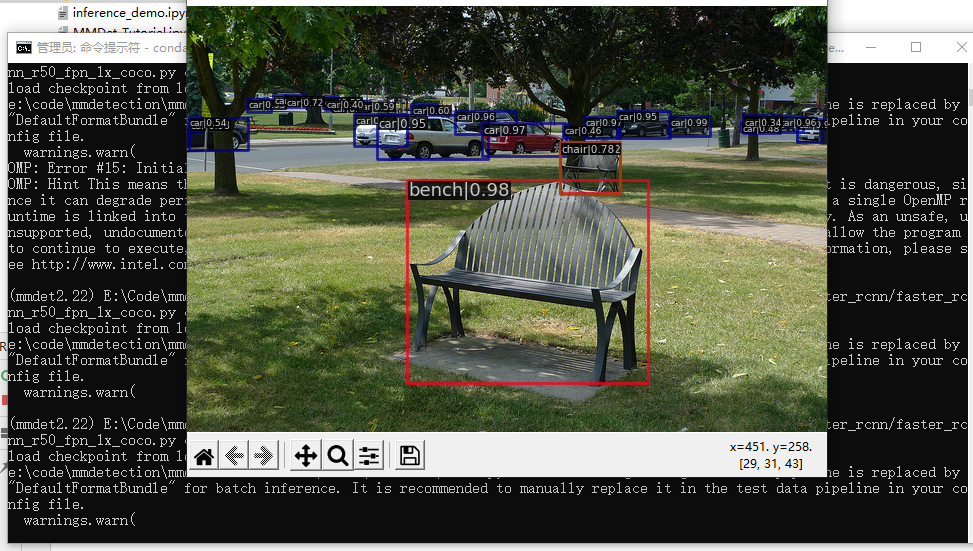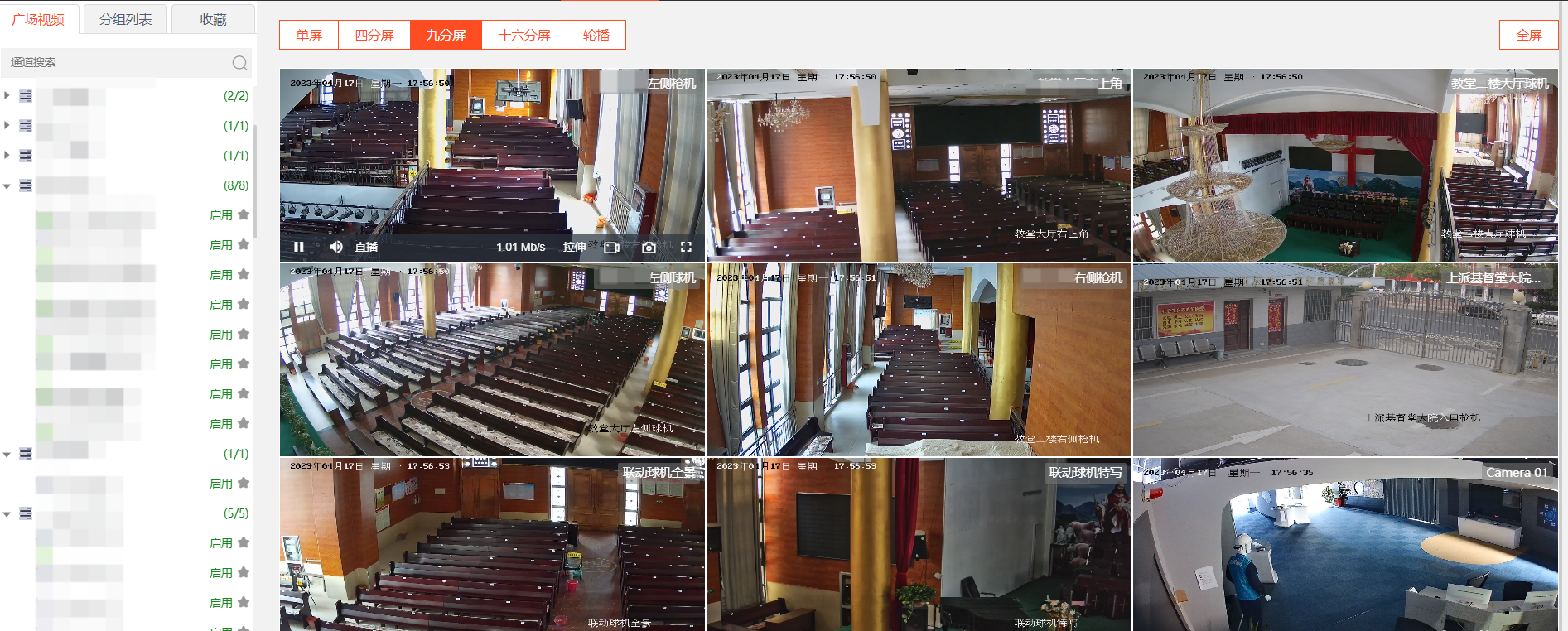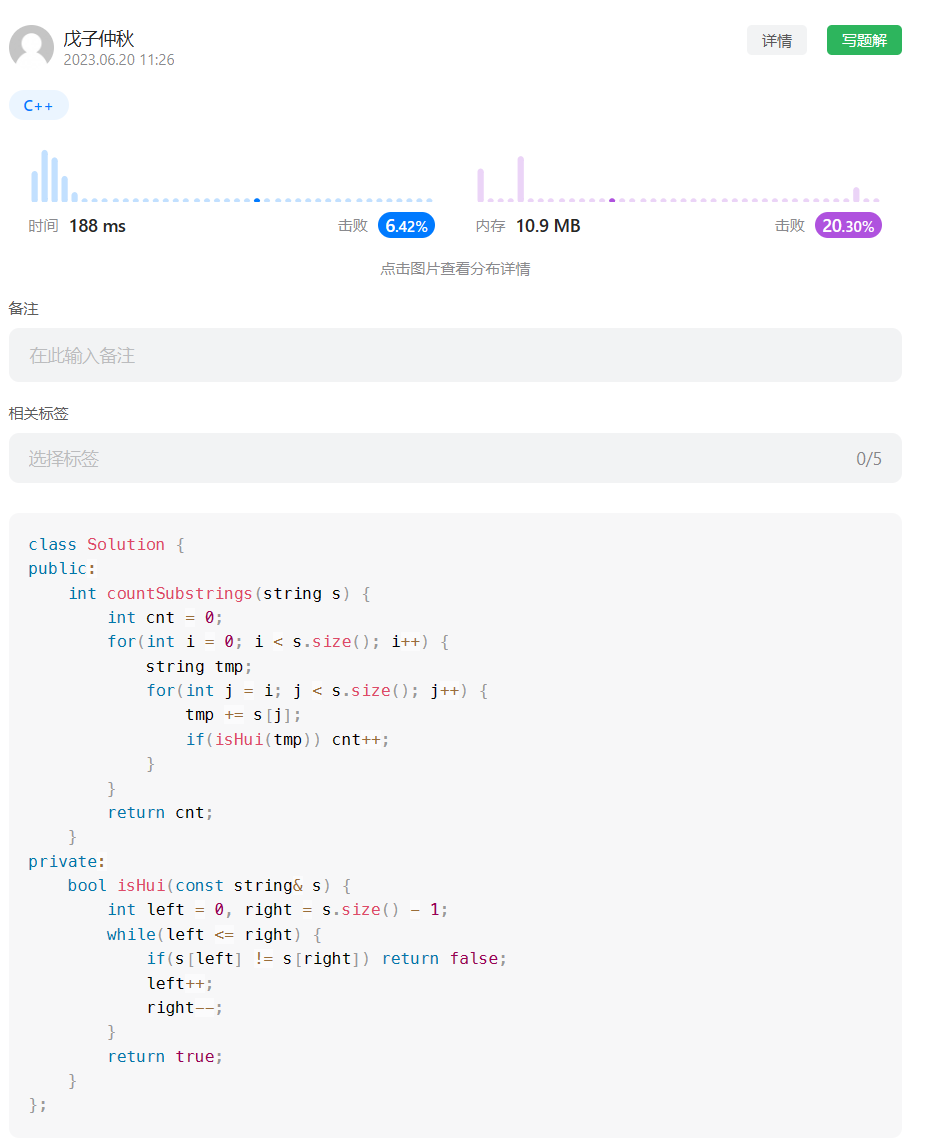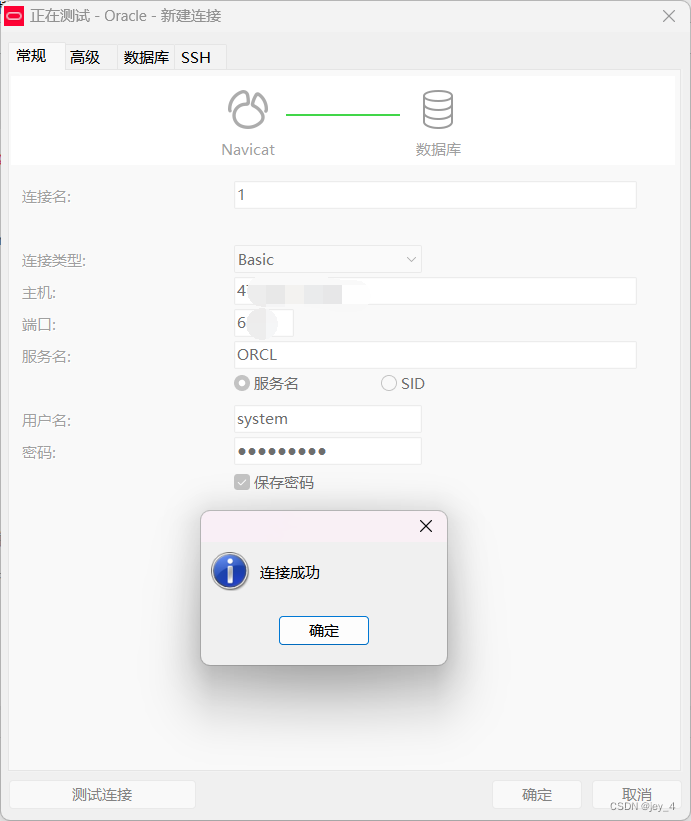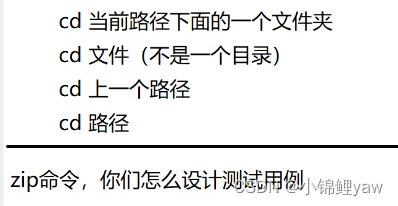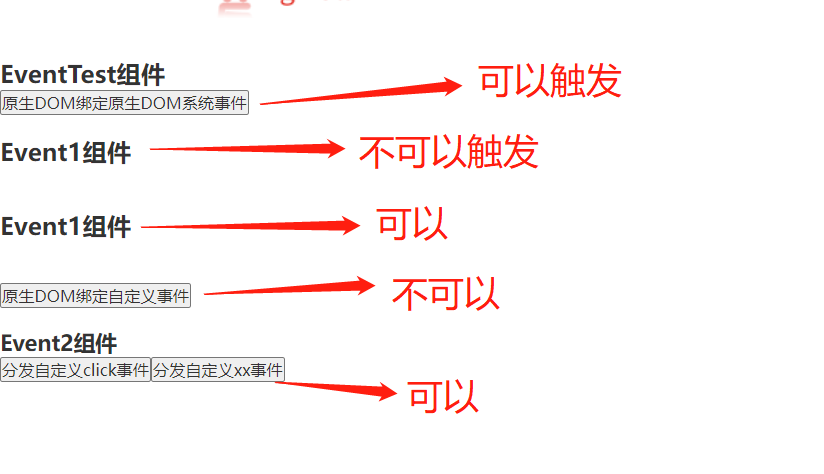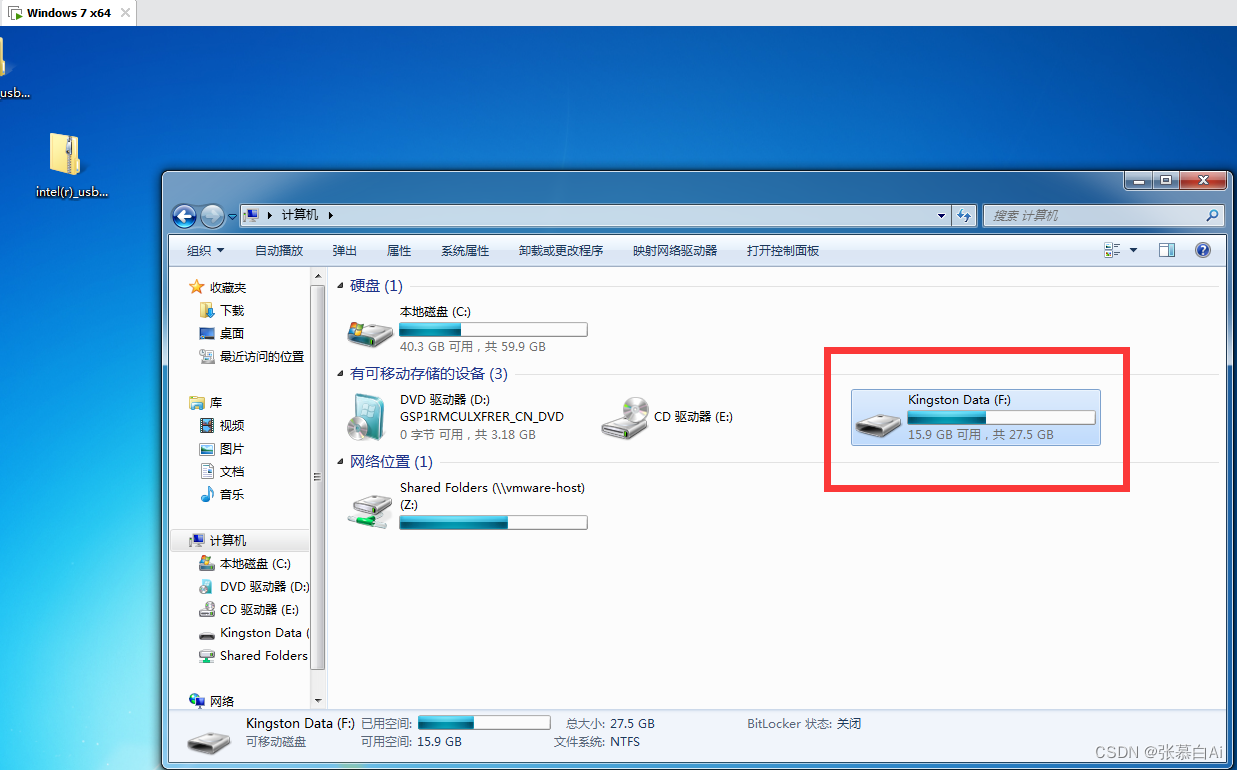Spring Boot 中的 Environment
在 Spring Boot 中,Environment 是一个重要的组件,用于管理应用程序的配置。它是一个接口,提供了访问应用程序配置属性的方法。在本文中,我们将深入探讨 Spring Boot 中的 Environment,包括它的原理和如何使用。

Environment 的原理
在 Spring Boot 中,Environment 是一个用于管理配置属性的接口。它提供了许多方法来获取配置属性,例如 getProperty()、getPropertySources() 和 getActiveProfiles() 等。在应用程序启动时,Spring Boot 会自动创建一个 Environment 实例,并使用它来加载应用程序的配置。
Environment 由多个 PropertySource 组成。每个 PropertySource 包含一组属性键值对,可以通过 getProperty() 方法来获取其中的属性值。当应用程序需要获取配置属性时,Spring Boot 会遍历 PropertySource 列表,并查找匹配的属性。
在 Spring Boot 中,有许多实现了 PropertySource 接口的类,例如 MapPropertySource、SystemEnvironmentPropertySource 和 CommandLinePropertySource 等。这些类可以用于加载不同的配置源,例如命令行参数、系统环境变量和配置文件等。
如何使用 Environment
在 Spring Boot 中,我们可以使用 Environment 来获取应用程序的配置属性。下面是一些常用的方法:
@Configuration
public class MyConfig {
@Autowired
private Environment env;
@Bean
public MyBean myBean() {
String property = env.getProperty("my.property");
return new MyBean(property);
}
}
在上面的代码中,我们使用 @Autowired 注解将 Environment 注入到 MyConfig 类中。然后,在 myBean() 方法中,我们使用 getProperty() 方法来获取 my.property 属性的值,并将它传递给 MyBean 的构造函数。
除了 getProperty() 方法之外,Environment 还提供了许多其他有用的方法。例如,我们可以使用 getActiveProfiles() 方法来获取当前活动的配置文件,使用 getPropertySources() 方法来获取所有的 PropertySource,以及使用 containsProperty() 方法来检查属性是否存在等。
Environment 的高级用法
除了基本的用法之外,Environment 还提供了一些高级用法,例如添加和删除 PropertySource。
添加 PropertySource
在某些情况下,我们可能需要添加自定义的 PropertySource。例如,我们可以从数据库中加载配置属性,并将它们添加到 Environment 中。下面是一个示例:
@Configuration
public class MyConfig {
@Autowired
private Environment env;
@Bean
public PropertySource<?> myPropertySource() {
Map<String, Object> properties = new HashMap<>();
properties.put("my.custom.property", "foo");
return new MapPropertySource("myPropertySource", properties);
}
@Bean
public MyBean myBean() {
String property = env.getProperty("my.custom.property");
return new MyBean(property);
}
}
在上面的代码中,我们首先定义了一个名为 myPropertySource 的 PropertySource,它包含一个名为 my.custom.property 的属性。然后,在 myBean() 方法中,我们使用 getProperty() 方法来获取 my.custom.property 属性的值,并将它传递给 MyBean 的构造函数。
删除 PropertySource
如果我们需要删除一个 PropertySource,可以使用 MutablePropertySources 接口提供的 remove() 方法。例如,下面的代码演示了如何删除名为 myPropertySource 的 PropertySource:
@Configuration
public class MyConfig {
@Autowired
private ConfigurableEnvironment env;
@Bean
public PropertySource<?> myPropertySource() {
Map<String, Object> properties = new HashMap<>();
properties.put("my.custom.property", "foo");
return new MapPropertySource("myPropertySource", properties);
}
@PostConstruct
public void removeMyPropertySource() {
MutablePropertySources propertySources = env.getPropertySources();
propertySources.remove("myPropertySource");
}
}
在上面的代码中,我们首先定义了一个名为 myPropertySource 的 PropertySource。然后,在 removeMyPropertySource() 方法中,我们使用 ConfigurableEnvironment 接口来获取 MutablePropertySources,并使用 remove() 方法来删除 myPropertySource。
总结
在本文中,我们深入探讨了 Spring Boot 中的 Environment,包括它的原理和如何使用。Environment 是一个用于管理配置属性的接口,在应用程序启动时自动创建,并由多个 PropertySource 组成。我们可以使用 Environment 来获取应用程序的配置属性,并使用它提供的方法来获取活动的配置文件、所有的 PropertySource 以及检查属性是否存在等。除了基本的用法之外,Environment 还提供了一些高级用法,例如添加和删除自定义的 PropertySource。
通过了解 Environment 的原理和使用方法,我们可以更好地管理应用程序的配置,并提高代码的可维护性和可扩展性。因此,在编写 Spring Boot 应用程序时,我们应该充分利用 Environment,并根据实际需求来使用它的高级用法。
最后,附上示例代码,供读者参考和学习。
@Configuration
public class MyConfig {
@Autowired
private Environment env;
@Bean
public MyBean myBean() {
String property = env.getProperty("my.property");
return new MyBean(property);
}
@Bean
public PropertySource<?> myPropertySource() {
Map<String, Object> properties = new HashMap<>();
properties.put("my.custom.property", "foo");
return new MapPropertySource("myPropertySource", properties);
}
@PostConstruct
public void removeMyPropertySource() {
MutablePropertySources propertySources = ((ConfigurableEnvironment) env).getPropertySources();
propertySources.remove("myPropertySource");
}
}

